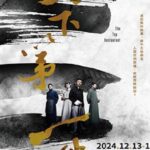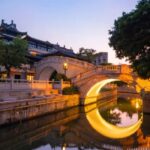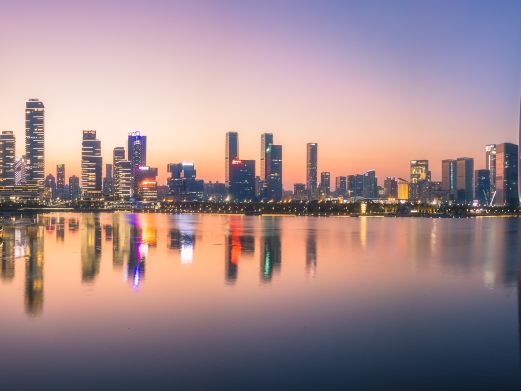Xiaochan Temple is located in Toutan Village, Yi Xi Town. It was built in the 18th year of the Shunzhi Emperor’s reign (1661 AD) during the Qing Dynasty by Chaozhou Prefecture’s governor Wu Ying, Haiyang County’s magistrate Wang Yunyuan, and local dignitaries Liang Yinglong, Xie Yuanfan, Weng Ruolin, Cai Yuantong, and the eminent monk Chengxin, and was named Xiaochan An. During the Kangxi period (1661-1722 AD), a forehall was constructed by local historian Yang Zhongyue. During the Anti-Japanese War, the temple fell into disrepair and its incense was extinguished. In 1982, the believers of Chaozhou City undertook minor repairs and sculptured a statue of Guanyin in the forehall and the three saints of Huayan in the rear hall. In 1988, Zheng Shiyan from Macau donated funds for the reconstruction of the main hall. Between 1990 and 1992, the believers of Chaozhou City continued to donate for the construction of two side alleys, which included an ancestral hall, a dining hall, monk’s quarters, and a storeroom, renaming it Xiaochan Temple. In front of the temple, a pond for releasing living beings and a reflecting wall were built, giving the temple a certain scale. The current abbot is Shi Xingqing. The temple houses cultural relics, including a stone wall behind the temple inscribed with a poem by Wu Ying, the early Qing Dynasty prefect (also known as Wu Jianmo), which is now indistinct, and a collapsed Putong Pagoda halfway up the hill behind the temple.
Xiaochan Temple
Xiaochan Temple is located in Toutan Village, Yi Xi Town. It was built in the 18th year of the Shunz[...]









